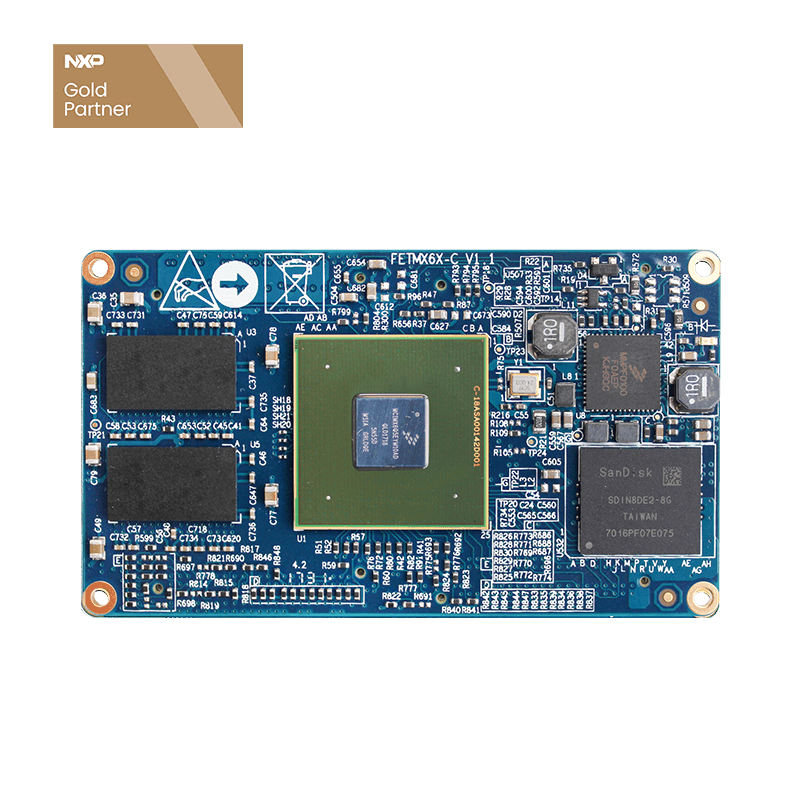
Biochemical Analyzer
First: classification
Classification: Fully automatic and semi-automatic;
Fully automatic is divided into: small, medium, large;
Difference: Fully automatic and semi-automatic;
Semi-automatic biochemical analyzer refers to the analysis process of some operations such as sampling, insulation, inhalation color, results recording, such as a step needs to be done manually, while the other part of the operation can be done automatically by the instrument. Semi-automatic biochemical analyzer is characterized by small size, simple structure, flexibility, can be used separately, but also with other instruments, cheap, generally in discrete analyzers more common.
The entire process from sample to result is done entirely automatically by the instrument. The operator simply places the sample in a specific position on the analyzer, selects the program starting instrument can wait for the inspection report. Because there are no manual operation steps in the analysis, subjective error is very small, and because fully automatic biochemical analyzers generally have the function of automatic reporting anomalies, automatic correction of their working status, so the system error is also small, to bring great convenience to users.
Biggest difference: Fully automatic biochemical instrument manual intervention is less or even does not require human intervention, reducing human error. Semi-automatic biochemical instruments require manual intervention, and the operating error is relatively large.
Small, medium, large differences:
1, the number of channels;
2, the complexity of the instrument, function and test speed and test projects.
By reagent differentiation: dry and liquid
Dry by placing the sample on the filter paper, using the sample as a solvent
Second, how it works
(1) Biochemical analyzers are the use of the basic law of light absorption to test blood and body fluids and other indicators.
At present, spectro-optical luminose is the method used for chemical substances in most biochemical analyzers.
Spectrophotometer uses a light source that can produce multiple wavelengths, through the spectrophotometer, to obtain a specific wavelength of light source, light source through the test sample, part of the light source is absorbed, and then calculate the sample absorbent value, thus converting into sample concentration, absorb light value and sample concentration is proportional.
(2)Biochemical Analysis Instrument Topology Map
The reaction disk is located in the center of the upper panel and is the most important part of each moving unit, with the other units arranged functionally around the reaction disk. Several key data on the reaction disk: The reaction disk has 120 color cups, can complete 840 test items per hour, maintained close to the body's physiological temperature of about 37 degrees Celsius. Therefore, to have a temperature measurement and control system, is all the temperature of the color cup meet the detection requirements, this system is at the bottom of the reaction disk. During a working cycle, reagent arm and sample arm are required to add reagents and samples to the specified color cup, and these actions require a good fit of the reagent arm, sample arm and reaction disk to complete. After mixing and mixing by stirring arm, the photometer transmits the absorbent voltage value to the AD conversion part in turn, and completes the data acquisition work. After the test is complete, the color cup needs to be cleaned by the cleaning unit to prepare for the next test.
1. Data collection
Data acquisition is mainly through AD chip acquisition, the acquisition rate of about 1MB. It is currently known that there are two ways to market:
Method 1: The microcontroller does the first level of data acquisition and simple processing through the bus external CPLD, filters the useless data, and the CPLD connects the AD conversion chip.
Method 2: Through FPGA external AD conversion chip, it is applied to some applications such as the number of channels, test projects and large instruments. In addition to doing data collection, but also to do step motor parallel processing.
2. Motor control
Sample arms, reagent arms, mixing arms, reaction discs, fluid path units (cleaning actions), etc. all require precise control of stepper motors, especially in large instruments. At present, small instruments use STM32103 and so on to do motor control, large instruments use FPGA control.
3. Computer control system
Computer control system part if in large instruments: it is recommended to have a bus processing performance of a strong scheme. e.g. FETMX6Q-C, FET4418-C
Small instruments: can be used in a wider range, mainly to see customer requirements, there are in accordance with cost considerations, there are in accordance with their own technical methods. Smart is familiar with Android development so use 4418, microna core before using LINUX now choose UL.
Some of the points that some customers of computer control systems consider are:
- (1)Whether the LCD scheme supports a variety of. 7 inches, 8 inches, 10.1 inches. Large-screen solutions are now more and more.
- (2) Whether QT supports more than 5.0 or Android. The way the customer is used to developing.
- (3) whether the pin configuration meets customer requirements, the number of serials, Whether the number of IO is satisfied.
- (4) Bus rate and quantity. FETMX6Q-C can currently test at a rate of 20MB/S
- (5) Printer scheme, generally have thermal printers and USB printers or network printers. Thermal printers are serial, USB or network printers and currently do not have a good solution. The latest news is as follows:Old printers have supported us in debugging the P1008, smart debugging is New printers need to support ubuntu or debian file systems. UL tested the M104W


